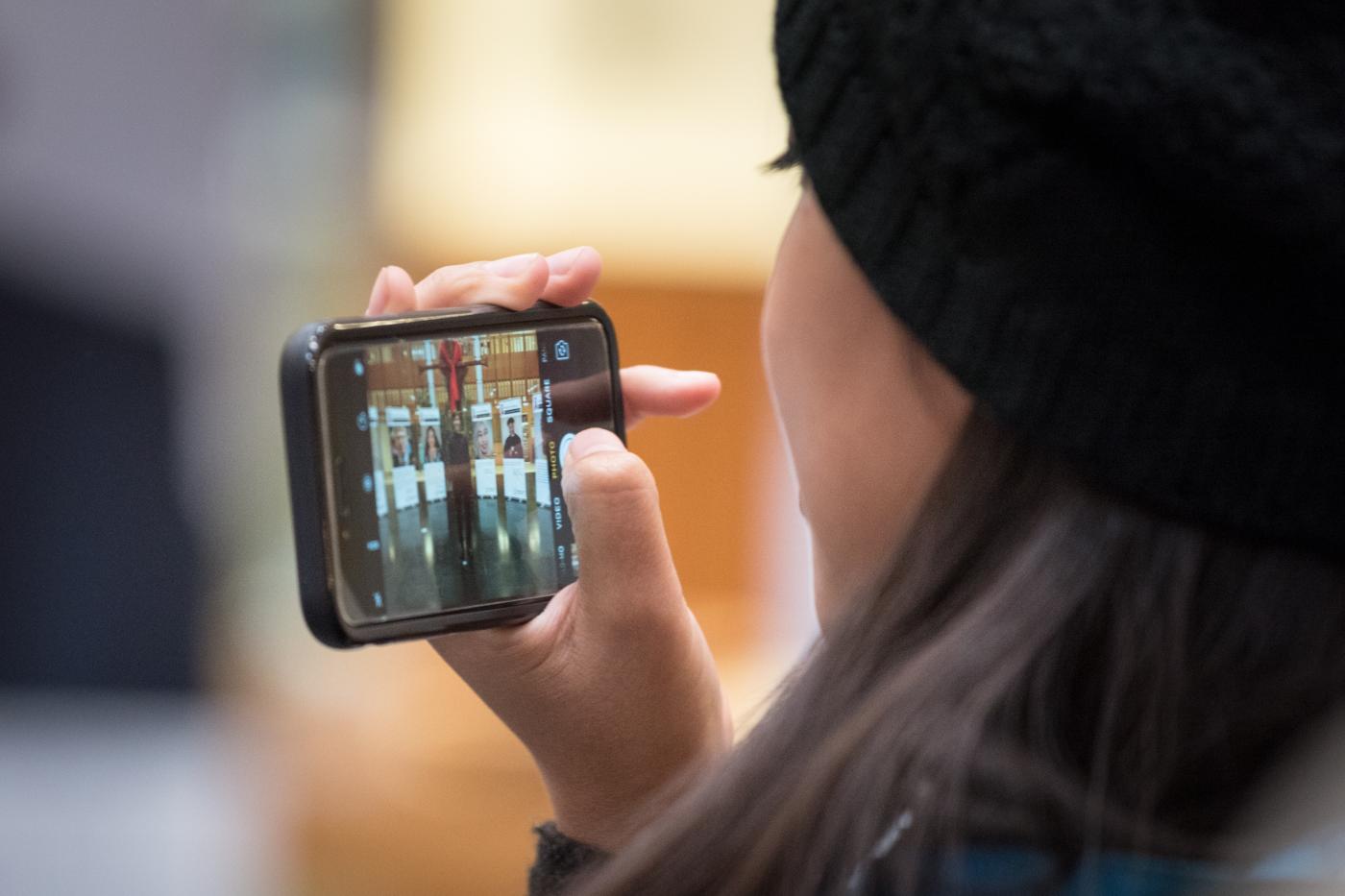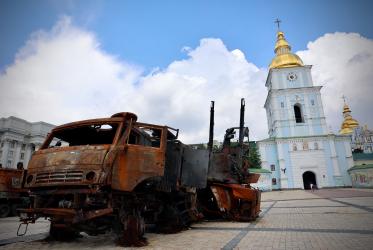Hundreds of people from across the world participated in a livestreamed webinar organized by the World Council of Churches (WCC) on 29 April with a lineup of speakers who shared insights in how churches across the world have quickly transformed their services because of COVID-19.
As churches have been forced to close their doors and move services online, “we are doing it and testing it at the same time,” said Ingeborg Dybvig, communications director for the Church of Norway. “We have seen a lot of different solutions.”
Some of those solutions have been compiled and documented by the webinar’s keynote speaker, Dr Heidi Campbell, professor of Communication at Texas A&M University and director of the Network of New Media, Religion and Digital Culture Studies. Author of the newly released e-book, “The Distanced Church: Doing Church Online in a time of Pandemic,” Campbell said she has been very curious over the last two months to see how churches have adapted and adopted digital technology. “We have this unique interactive environment, so how can we leverage that?” she asked.
In a lively exchange of ideas, webinar speakers and online listeners shared practical examples from their faith communities.
In South Korea, Rev. Jonggoo Kim, senior pastor of Seshin Methodist Church in Seoul, said that not only did his church offer online services, but members also put together a socially distanced mask-making operation and, throughout the whole Easter season, will continue to craft cotton, reusable masks “to share the joy of Easter and the love of God, to distribute to our neighbors in need, to migrants and refugees, and even internationally."
In Germany, Rev. Ralf Peter Reimann, pastor and Internet Commissioner of the Evangelical Church in the Rhineland, said he has observed online services becoming more participatory as people feel more comfortable reaching out to each other online. “What we had to learn is a different way of doing church, and the key phase was ‘church-at-home,’ so this became the guiding principle,” he said.
Sharing an Orthodox perspective, Rev. Dr Nicolas Kazarian, head of the ecumenical department of the Greek Orthodox Archdiocese of America, spoke from New York City, currently one of the world's epicenters of the pandemic. He reflected that it’s not just the online connection that’s important, but the relationship behind that connection that is vital. “The service also has to represent some of the liturgical dignity of the church that you would expect if you go physically to church," he said.
A crucial question that emerged from the audience centered around the challenge of IT and communications in deep rural areas where vulnerable people may be cut off from online church.
Reimann, speaking from Germany, said “remote” church doesn’t always mean online. “In some rural areas, pastors printed out their prayers and put them up in local grocery stores,” he said. “It's the attitude that you want to go and bring church to people’s homes.”
As he moderated the discussion, Rev. Dr Mikie Roberts, WCC programme executive for Spiritual Life, expressed his joy at viewing dozens of real-time comments and questions from the audience. “We definitely know there has to be a webinar 2.0, another round so that we can address the issues that have emerged. For example, can we deal with a theology of online communion?"
Roberts, who closed the webinar with a prayer that drew a chorus of online “Amen’s,” added: “ I am certainly thankful for all who joined us.”
Watch the recording of the "Webinar on Churches’ ministry online"
“Webinar to inspire churches’ ministry online during a pandemic” – WCC news release 28 April 2020
“The Distanced Church: Reflections on Doing Church Online” e-book by Prof. Heidi A. Campbell







